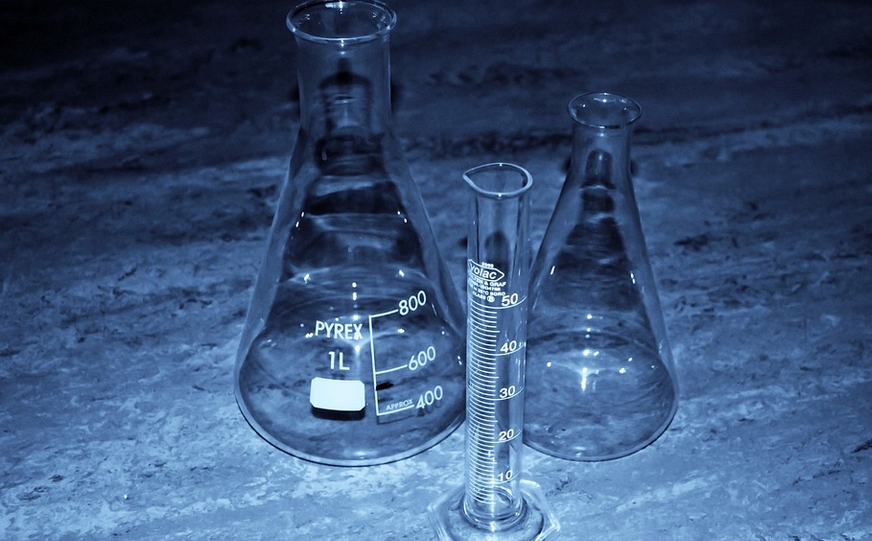Introduction
Chemistry is a fascinating subject that involves the study of matter, its properties, and its interactions with other substances. One of the most important aspects of chemistry is the ability to convert between different units of measurement. In this article, we will discuss the conversion factors in chemistry and how they can be used to solve problems.
What are Conversion Factors?
Conversion factors are ratios that are used to convert between different units of measurement. These ratios are based on the relationships between the units and can be used to convert from one unit to another. For example, the conversion factor between meters and centimeters is 100 cm/m.
Types of Conversion Factors
There are two types of conversion factors: exact and inexact. Exact conversion factors are ratios that are based on the definition of a unit and are always true. For example, the conversion factor between inches and centimeters is exactly 2.54 cm/in. Inexact conversion factors are ratios that are based on experimental data and may have some uncertainty associated with them.
How to Use Conversion Factors
To use conversion factors, you must first identify the units you are starting with and the units you want to end up with. Then, you can use the appropriate conversion factor to convert between the units. For example, if you want to convert 2 meters to centimeters, you would use the conversion factor 100 cm/m to get 200 cm.
Examples of Conversion Factors in Chemistry
One common use of conversion factors in chemistry is to convert between different units of mass. For example, you may need to convert grams to milligrams or kilograms to pounds. Another use of conversion factors is to convert between different units of volume, such as liters to milliliters or gallons to quarts.
Conversion Factors and Chemical Equations
Conversion factors are also important in chemical equations, where they are used to balance the equation and determine the mole ratios between reactants and products. For example, if you have a chemical equation that involves the reaction of hydrogen gas and oxygen gas to form water, you can use the conversion factor 2 mol H2/1 mol O2 to determine the amount of hydrogen gas needed to react with a certain amount of oxygen gas.
Conclusion
Conversion factors are an essential tool in chemistry that allow us to convert between different units of measurement and solve problems. Whether you are working with mass, volume, or chemical equations, understanding conversion factors is crucial for success in chemistry.

